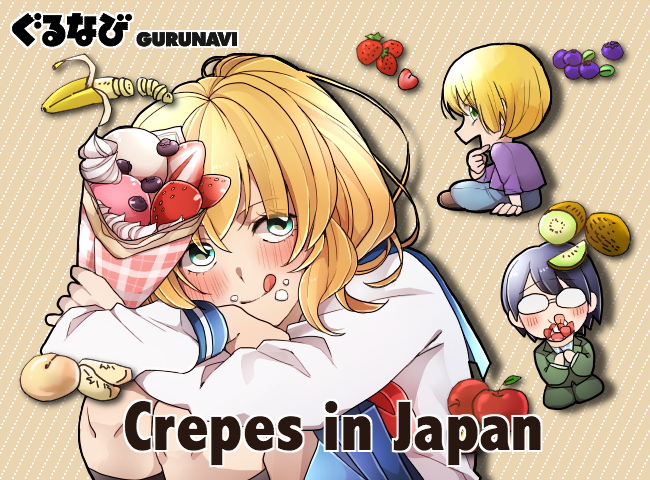How to Decipher Japanese Menus: From Otsumami to Dessert
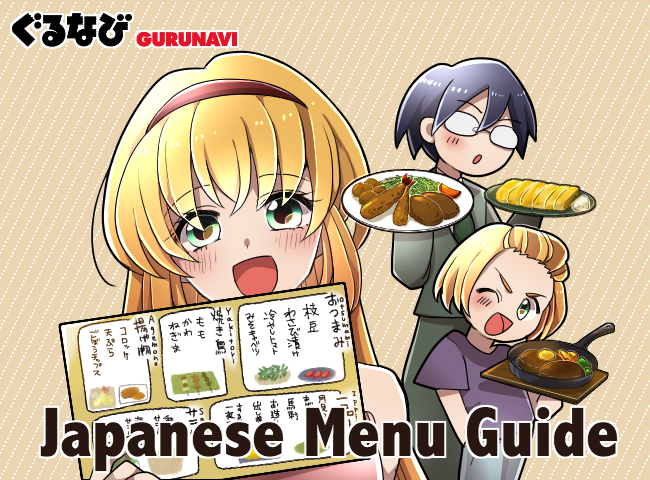
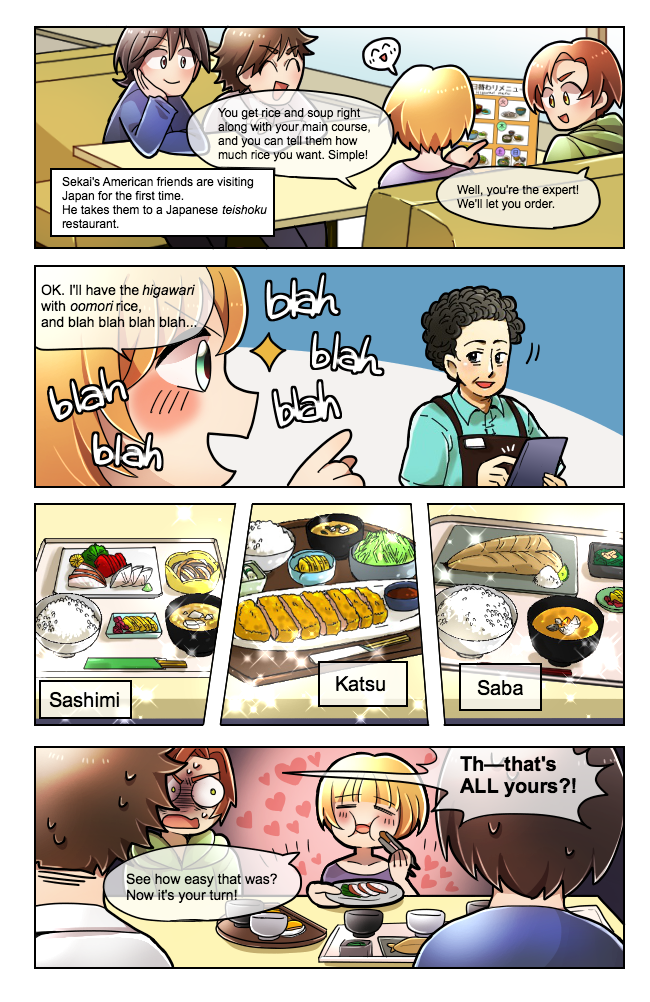
When dining in Japan, the menu can be a bit of a puzzle for foreign visitors. Restaurants throughout the Tokyo area now offer English-language menus as the city gears up for the 2020 Olympics, and even outside of Tokyo, more and more restaurants are offering support for English-speaking customers due to the increase in foreign tourism. However, even with English translations, Japanese menus and how to order off of them can be tricky. Read on for our complete guide to Japanese menu items and how to order.
How to Interpret and Order from a Japanese Menu
Japanese restaurants typically have a fixed menu of staple items along with a few different items that rotate daily or seasonally. While you’ll usually find the menu at your table, there may also be an additional menu with daily specials drawn on a chalkboard or whiteboard. At more expensive Japanese restaurants, such as those offering gourmet kaiseki dining, the course menu will already be pre-determined and printed on a sheet of paper for you.

Japanese Menu Items
Here are some common menu sections found at a diverse range of restaurants in Japan.
Osusume/ Higawari
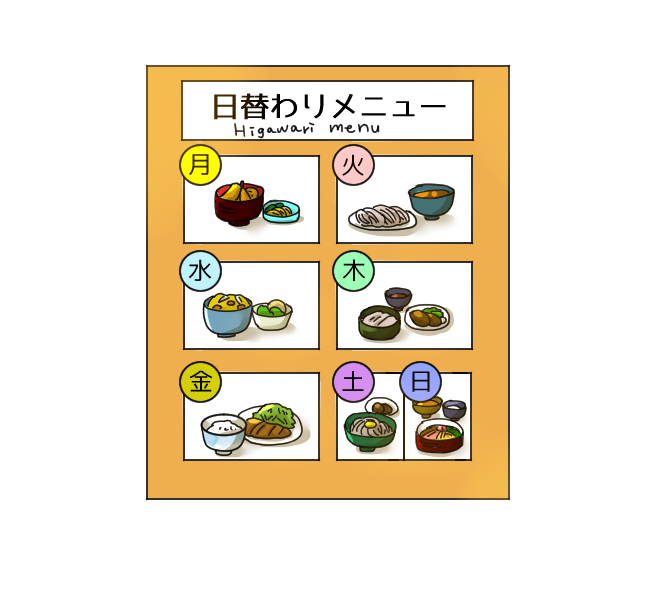
Osusume dishes refer to the restaurant’s recommended items and often feature seasonal cuisine. If you’re not sure what to order, this is a good place on the menu to start. Higawari refers to the restaurant’s daily special, which as you may guess, changes with each day of the week as the restaurant cycles through a few regular menu items.
Otsumami
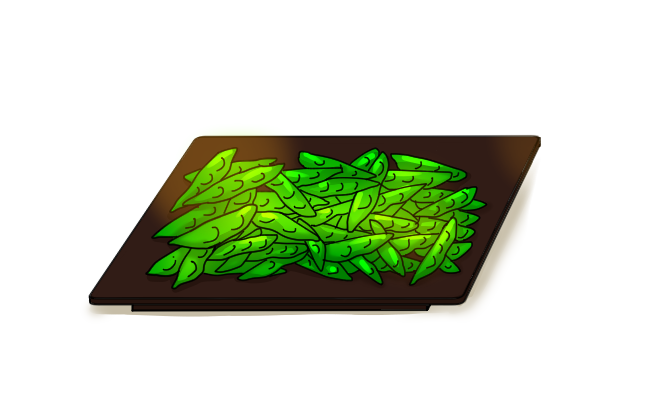
Otsumami are the Japanese equivalent of tapas, small bites of food that go well with alcohol. Typically, these are salty foods like salted edamame, french fries, nuts and salted crackers, and chilled salted tomatoes.
Osashimi
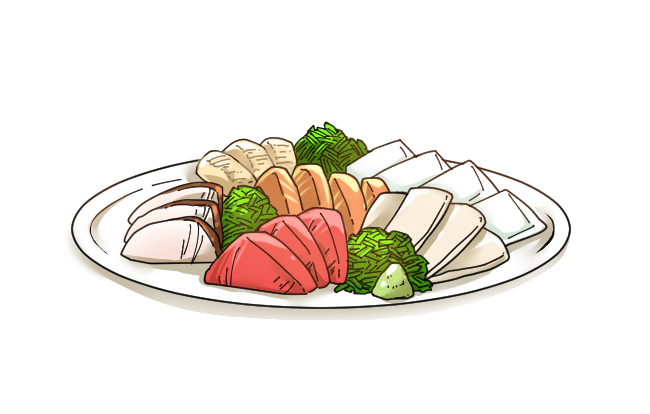
The “osashimi” section of the menu explains the fresh fish and seafood available for sashimi that day. Look for a “moriawase” dish if you’d like to try a selection of different fish.
Kushimono

Kushimono are skewered foods that include meat, vegetables, and seafood which may be either grilled over a flame, such as “yakitori” (grilled chicken skewers) and “yakiton” (grilled pork skewers) or breaded and deep-fried ingredients (“kushiage” or “kushikatsu”).
Himono

Himono are dried fish dishes and can usually be found at izakaya that specialize in seafood. Some common choices include shredded dried squid, dried fish, and “eihire” (dried manta ray) which is eaten with mayonnaise.
Nimono
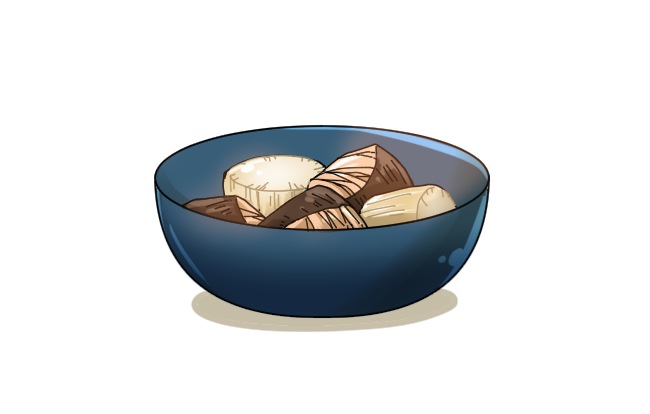
Nimono are a type of Japanese comfort food, featuring meat, fish, or vegetables braised in soy sauce and dashi stock until they become tender and flavorful. Popular nimono offerings include “nikujaga” (meat and potatoes), “daikon-ni” (braised daikon radish), “saba no miso-ni” (mackerel braised in miso sauce), and “kaku-ni” (braised pork belly). Nimono dishes tend to be very rich so they pair well with rice.
Read: Nimono - Japan's Flavorful Braised Dishes
Salad

Salads are a good option when splitting food amongst a group. Wakame seaweed salad, tofu salad, and onion salad are all common Japanese salad offerings. Many restaurants in Japan also offer caesar salad if you’re looking for a Western-style salad.
Read: 9 Popular Japanese Salads & Vegetable Dishes
Agemono
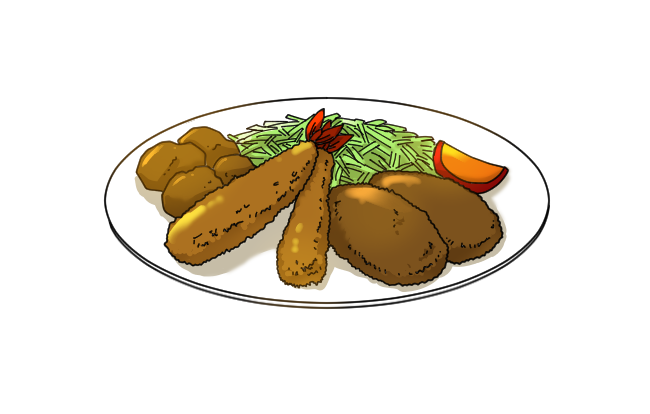
“Agemono” are deep-fried foods, such as karaage fried chicken, nankotsu (fried chicken cartilage), and aji-furai (breaded and deep-fried fish). French fries are also frequently found on izakaya menus.
Read: Battle of the Best Japanese Fried Foods
Yakimono

“Yakimono” refers to grilled foods, such as “sakana-yaki” (grilled fish), as well as pan-fried foods like “tamagoyaki” (Japanese rolled omelet) and “yakisoba” (fried noodles).
Gohan-mono

In addition to offering plain steamed rice, menus will typically offer “gohan” or rice dishes like “chahan” (fried rice), “donburi” (rice bowl topped with meat), and “onigiri” rice balls.
Read: 12 Popular Japanese Rice Dishes
Dessert
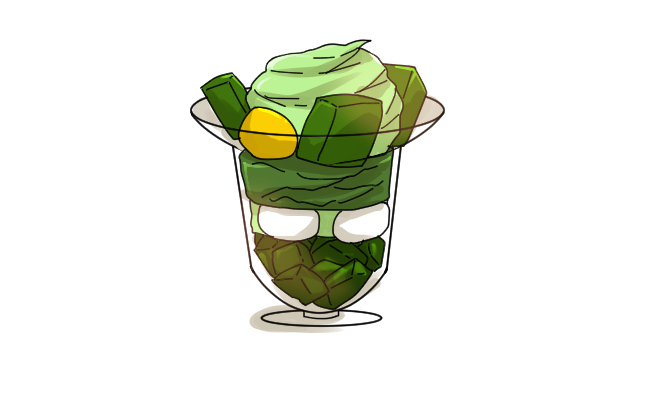
Not all restaurants offer dessert, especially izakaya, but you may find some items like ice cream, fresh fruit, or traditional Japanese sweets such as mochi.
Read: 10 Popular Japanese Desserts & Sweets
Other Items On a Japanese Menu
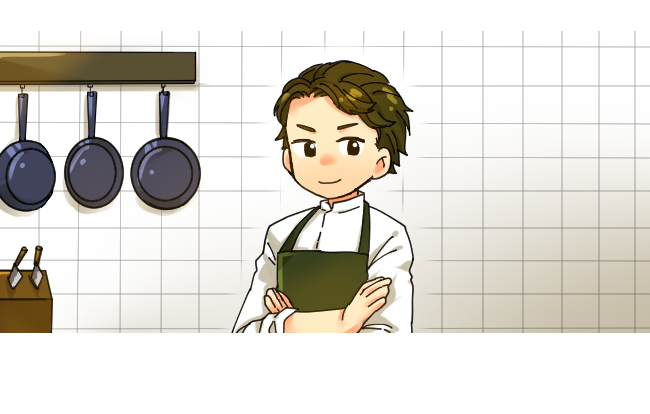
The menu may also include a section featuring the restaurant’s “kodawari” items, or house specials. These are typically menu items that the restaurant is famous for. You might also see a section dedicated to the chef’s recommendations, or a section that highlights ingredients from a certain farm or region of Japan.
Different Ways to Order from a Japan Menu
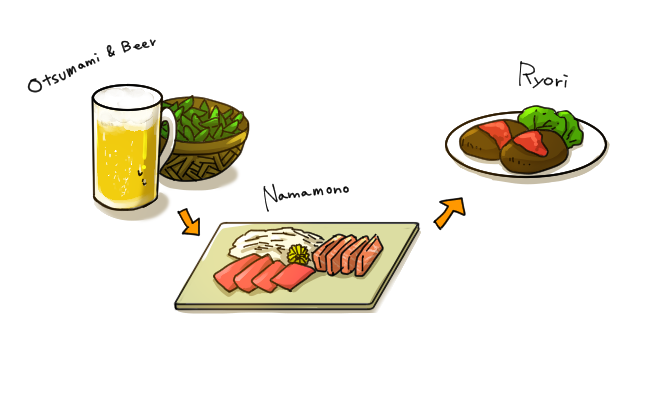
How you order at a Japanese restaurant depends on whether you go for a course meal or decide to order à la carte off the menu.
Course Meals

Lunch sets will often include a main, as well as a soup and/or salad, and a drink such as iced coffee or tea. Dinner courses offer a wider variety and are typically priced based on the number of dishes included in the course. A “nomihoudai”, or all-you-can-drink, option is usually also available for an extra fee. In addition, certain types of restaurants such as yakiniku (Japanese barbecue), buffets, and shabu shabu restaurants may offer a “tabehoudai”, or all-you-can-eat, plan.
A la Carte
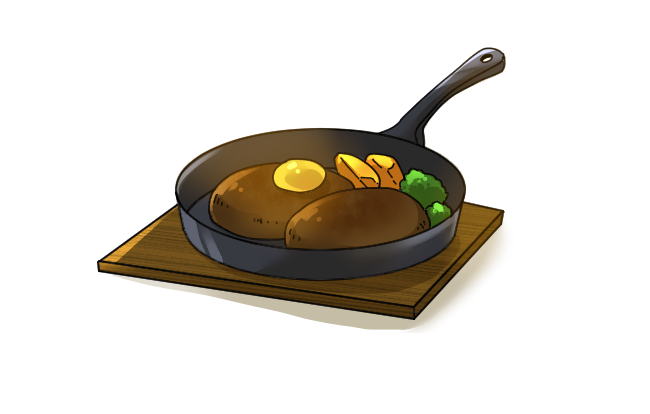
When ordering à la carte, known as “ippin ryori” in Japan, it’s usual to start with drinks (such as a round of beer) and some appetizers or otsumami. If you need more time to decide what else you want to eat, you can just order these to start with and say “Toriaezu, sore de” or “That’s all for now.” Then when your first round of drinks arrive, you can place the rest of your order. It’s common to move from raw foods like salads to cooked dishes, and to end with some sort of starch like a noodle dish. Once you’ve finished order, it helps to put the menu away off to the side so that the servers know that you’ve already ordered. At izakaya pubs, it’s common to order just a few dishes at a time, and your server will update the bill as you go. At the end, you take this bill to the register at the front of the restaurant. There’s no need to include tip at a Japanese restaurant, although in lieu of gratuity, you may be charged for a small dish called “otoshi” that you receive with your first drink.
Read: Otoshi FAQ - A Guide to Japan's Table Charge Dishes
Be Sure to Try as Many Items Possible from a Japanese Menu
Japanese food is among the most popular in the world, and with the wide selection of delectable dishes available, you’ll want to make sure to visit a variety of restaurants and try as many different foods as possible. Armed with this handy guide on Japanese menu items and how to order, check out the Gurunavi listings for the best guide to restaurants in Japan. Itadakimasu!




